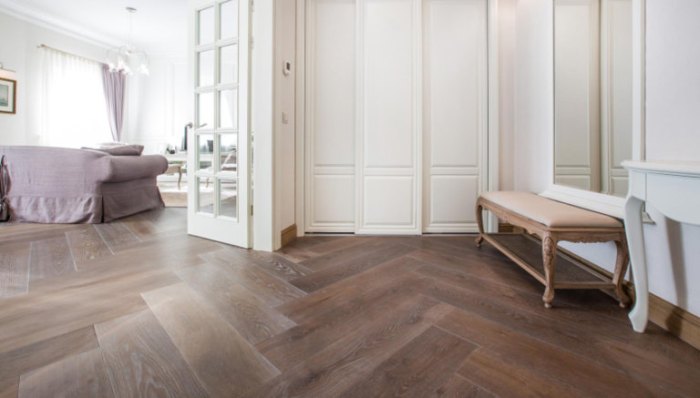Do you know where your food comes from and where the uneaten leftovers go after you’ve thrown them away?
Whether you’re thinking about it or not, every action you take has some effect on the world around you. A chemist named James Lovelock hypothesized that living organisms interact with their surroundings to maintain a livable environment.
Today, this is known as the Gaia Theory.
The Gaia Theory
One of the defining points of the gaia theory is that organisms live synergistically with the Earth. All plants, animals, and people contribute to a stable environment simply by living in it.
Unfortunately, wasteful habits by people do the opposite. Actions that harm entire populations of organisms will have a waterfall effect that harms the environment. An example of this is found in trees.
Wood is a necessary product in day-to-day life. However, harvesting too much wood without a replacement plan or not fully utilizing the wood harvested decimates the tree populations. Trees pull carbon, the most common greenhouse gas, from the air and replace it with oxygen. If the number of trees decreases, the mass of carbon increases, which encourages the onset of global warming.
Global warming then weakens populations of other organisms, which in turn further worsens the environment. Every living thing depends on one another.
Global Warming
The Earth is no stranger to mass extinction events. Throughout history, incredible incidents such as meteors, continent-wide wildfires, and volcanoes have directly caused global warming and cooling. Surviving plants, animals, fungi, and microorganisms all contributed to the Earth’s recovery from such events.
Scientists are currently theorizing that we are in the middle of yet another mass extinction event, due to pollution, overdevelopment, and waste. During the worst-case scenario, the Earth will recover from this, but only after millions of years.
The more biodiversity is lost, the longer the environment will take to recover. More must be done to protect and preserve what is left to keep the Earth habitable for as long as possible.
Waste Not, Want Not
National Geographic outlines the harmful effects of plastic waste that hasn’t been properly disposed of or recycled. This plastic primarily ends up in the oceans, which impedes life even at the microscopic level.
Plastic takes centuries to decompose but will still break down into “microplastics” that have infected every water system in the world. This is not only toxic for animals, but people as well. Every creature can be harmed by the ingestion of plastic, contributing to mass extinctions, and further jeopardizing the livability of the Earth.
The main culprit is single-use plastic, which accounts for 40 percent of the plastics produced yearly. This includes plastic grocery bags and packaging.
Plastic production and use are increasing exponentially, with no real change in how plastics are disposed of. To protect our environment, this must change.
The Best Time to Start is Now
Waste may be an unavoidable part of life, but it can still be managed. The worse global warming gets, the more resources will be needed to combat it, and the more impact waste has on all of us. The complex system that is the Earth can only self-regulate if we allow it to.
You can do your part today to minimize your own waste. Taking the advice of professionals and being mindful of how you interact with the environment you live in are important steps.
Remember, we all live on this Earth together, and must do our best to take care of it.


















